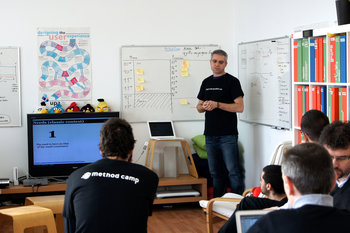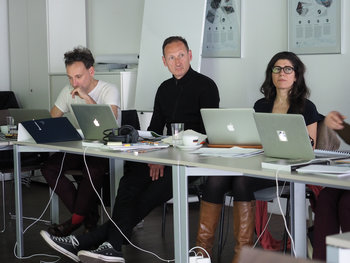
Starting to build framing members for the wall of a house before the foundation is completed. | Training employees in software before that software is written. |
Completing code that relies on an API before that API is available. | Recruiting project members before roles and resource requirements are finalized. |
Preparing and cleansing data before a database is designed and implemented. | Beginning to implement a strategy while running a feasibility study for that strategy. |
Preparing for the next phase of construction while awaiting inspection of the first phase. | Beginning to assemble machines in a temporary location before a facility is fully constructed. |
Filming the sequel to a movie at the same time as the movie itself. | Shooting the final scene of a movie while the beginning of the movie is being rewritten. |
Signing event sponsors before an event venue is finalized. | Starting groundwork on a construction project while awaiting permits. |
Disadvantages of Fast Tracking
Generally speaking, fast tracking increases risk and complexity. It can also decrease quality or performance. For example, signing event sponsors before a venue is finalized is likely to hurt negotiations and make them more complex. The result may be less favorable agreements than if you had selected the venue first.Benefits of Fast Tracking
Fast tracking allows for increase parallel work. As such, it can increase resource utilization, decrease cost and improve time to market. This is when everything goes right. In practice, the complexity added by fast tracking can cause failures that add delays and costs.Alternatives to Fast Tracking
Fast tracking is a type of schedule compression. The following are common alternatives to fast tracking:Parallel Tasking
Running tasks in parallel that contain no mutual dependencies. Massively preferred to fast tracking.
Dependency Reduction
Restructuring a project to have less dependencies. For example, removing the use of an API by writing some custom code that does the same thing.
Crashing
Adding more resources to tasks on the critical path.
Resource Optimization
Assigning senior and high performing resources to tasks on the critical path.
Overtime
Asking existing resources to work longer hours in exchange for compensation.
Scope Reduction
Reducing the scope to what is truly required by a deadline.
Phasing
Breaking scope into manageable phases to deliver important things first.


















